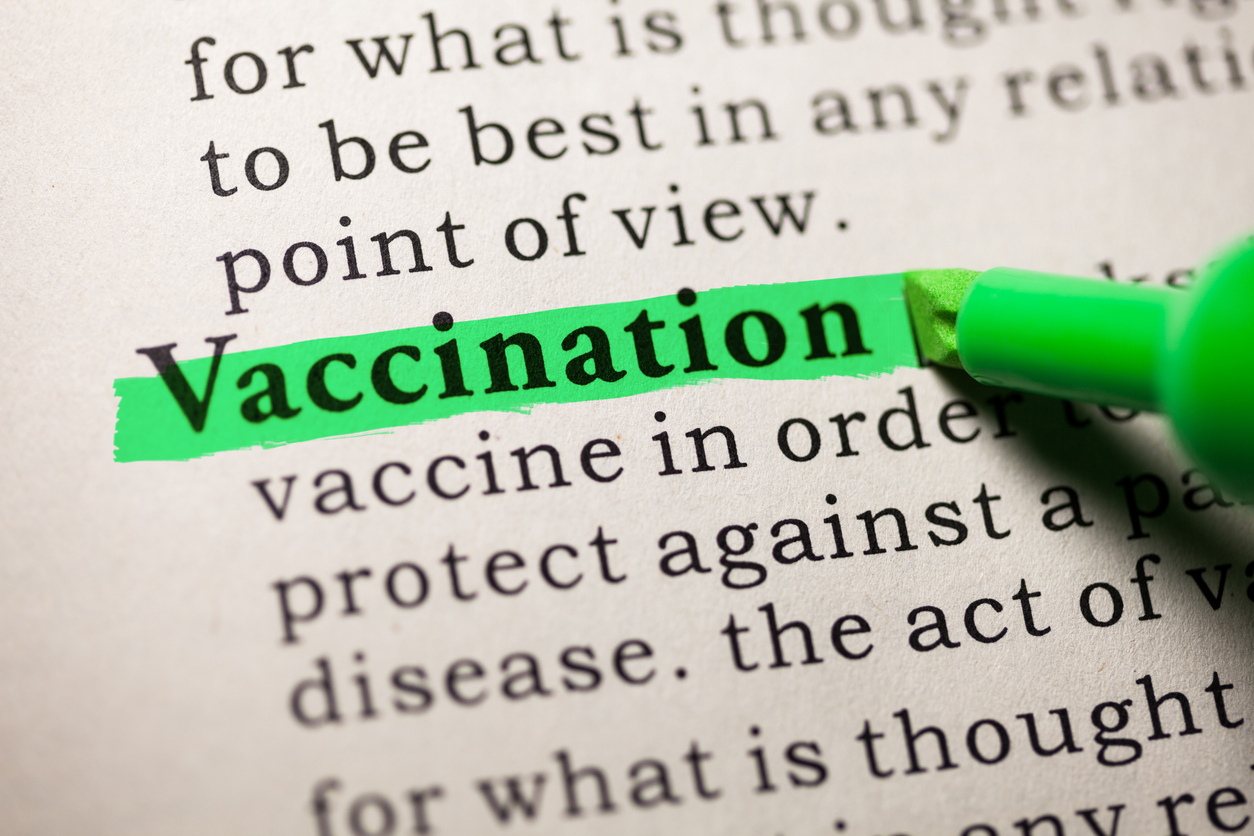2024-11-12
Atrial Fibrillation and COVID-19: A Concerning Association Not to Be Overlooked
Infectiology
The COVID-19 pandemic
has revealed significant effects of the virus on the cardiovascular system,
particularly with the emergence of serious cardiac complications such as atrial
fibrillation (AF). This cardiac arrhythmia, often associated with severe clinical
outcomes, appears to increase mortality risk in COVID-19 patients, whether
pre-existing or newly diagnosed. With the exact relationship between COVID-19
and AF still uncertain, this study analyzed the prevalence and mortality risks
associated with AF in COVID-19 patients.
What is the Link Between Atrial Fibrillation and COVID-19?
To explore this association, 80 studies involving over 39 million COVID-19 patients were selected. A random-effects model was used to combine findings and estimate prevalence and mortality rates. Subgroup analyses were conducted by age, COVID-19 severity, sample size, and geographical region, followed by sensitivity analysis to validate result robustness.
This study reveals an overall AF prevalence of 10.5% in COVID-19 patients with pre-existing AF and 10.3% for newly diagnosed AF. Prevalence is notably higher in patients aged 65 and older (14.4%) compared to younger patients (6.4%), as well as in those with severe COVID-19 cases (14.1% vs. 5.2% in non-severe cases).
Moreover, an increased mortality risk (HR of 1.83) was observed in COVID-19 patients with AF, especially among those with newly diagnosed AF (HR of 3.47). Geographical analyses indicate higher mortality in Asian patients (HR: 5.33), followed by North Americans (HR: 2.01) and Europeans (HR: 1.68).
This study highlights a high prevalence of AF in COVID-19 patients, especially among the elderly and those with severe cases. Both pre-existing and newly diagnosed AF are linked to increased mortality risk, particularly in Asian patients and those with new-onset AF. These findings underscore the importance of proactive management of AF in COVID-19 patients to improve outcomes. This association also emphasizes the need for targeted strategies, such as preventive anticoagulation, to reduce thromboembolic risk. Further research is needed to refine these approaches and tailor care to the specific needs of COVID-19 patients with AF.
What is the Link Between Atrial Fibrillation and COVID-19?
To explore this association, 80 studies involving over 39 million COVID-19 patients were selected. A random-effects model was used to combine findings and estimate prevalence and mortality rates. Subgroup analyses were conducted by age, COVID-19 severity, sample size, and geographical region, followed by sensitivity analysis to validate result robustness.
This study reveals an overall AF prevalence of 10.5% in COVID-19 patients with pre-existing AF and 10.3% for newly diagnosed AF. Prevalence is notably higher in patients aged 65 and older (14.4%) compared to younger patients (6.4%), as well as in those with severe COVID-19 cases (14.1% vs. 5.2% in non-severe cases).
Moreover, an increased mortality risk (HR of 1.83) was observed in COVID-19 patients with AF, especially among those with newly diagnosed AF (HR of 3.47). Geographical analyses indicate higher mortality in Asian patients (HR: 5.33), followed by North Americans (HR: 2.01) and Europeans (HR: 1.68).
A Strong Association Between Atrial Fibrillation and COVID-19
This study highlights a high prevalence of AF in COVID-19 patients, especially among the elderly and those with severe cases. Both pre-existing and newly diagnosed AF are linked to increased mortality risk, particularly in Asian patients and those with new-onset AF. These findings underscore the importance of proactive management of AF in COVID-19 patients to improve outcomes. This association also emphasizes the need for targeted strategies, such as preventive anticoagulation, to reduce thromboembolic risk. Further research is needed to refine these approaches and tailor care to the specific needs of COVID-19 patients with AF.

Last press reviews
Vaccine vs. SMC: rivals or partners?

#MalariaVaccine #R21MatrixM #Malaria #Vaccination #SMC #InsecticideTreat...
A race against time for a vaccine?

#PfSPZ #Vaccination #Malaria #Immunogenicity <br><br><br>...
Birch allergy: could one shot change everything?

#AllergicRhinoconjunctivitis #IgG4 #Allergoid #BirchPollen #Immunotherap...